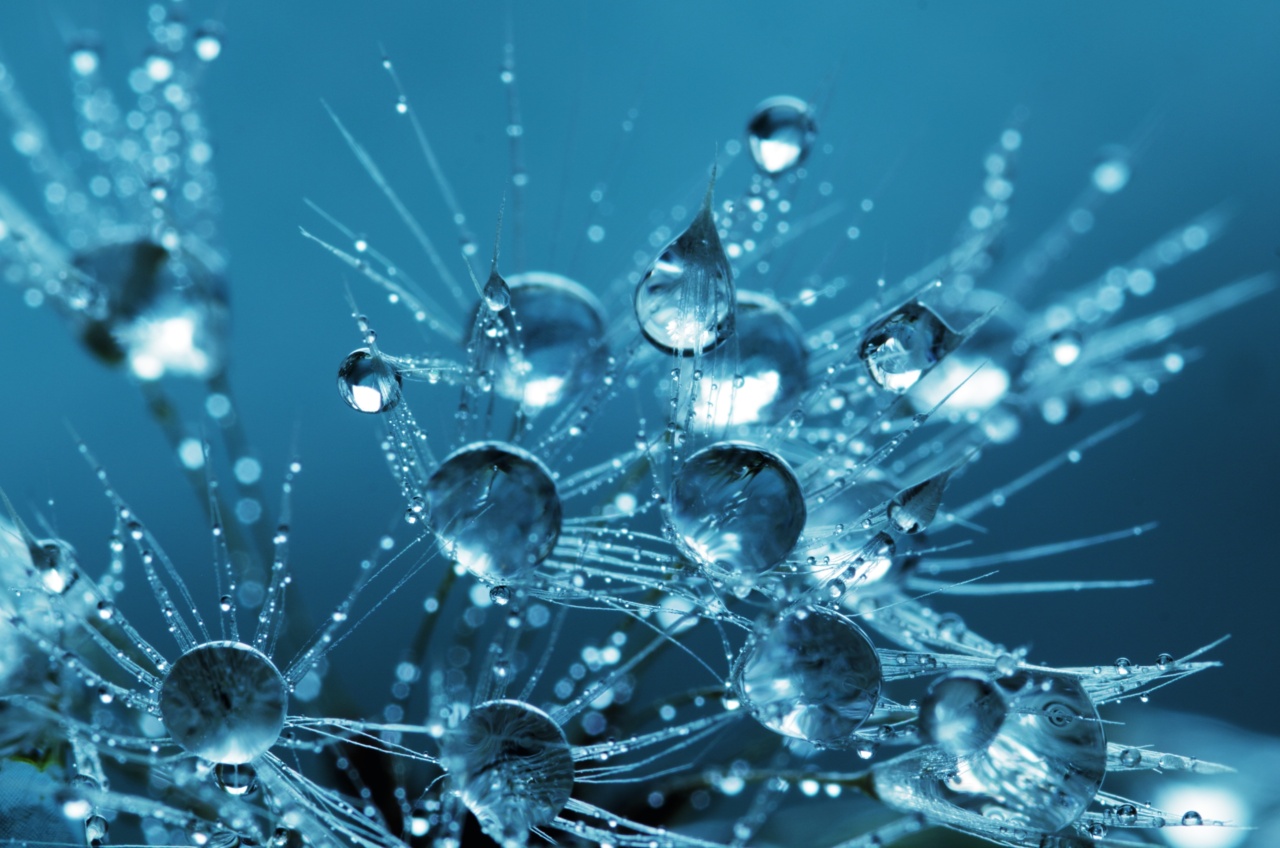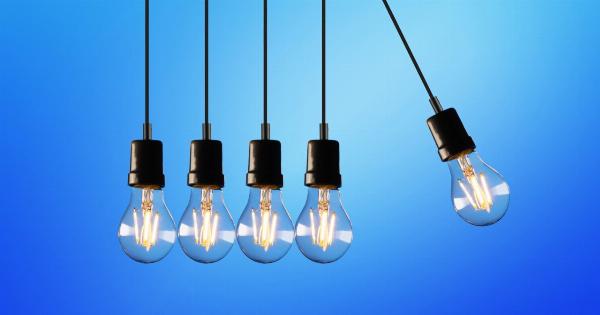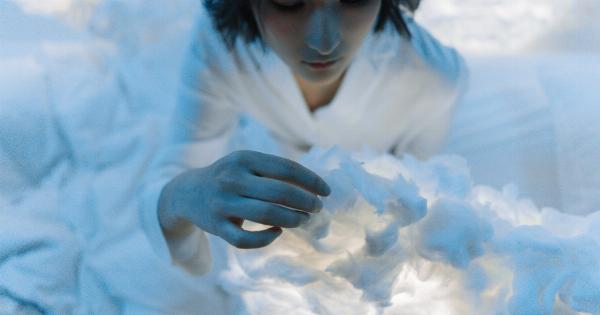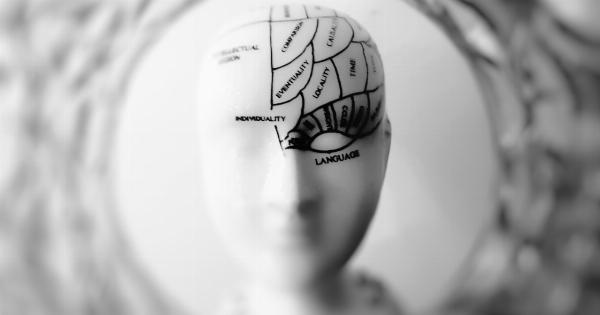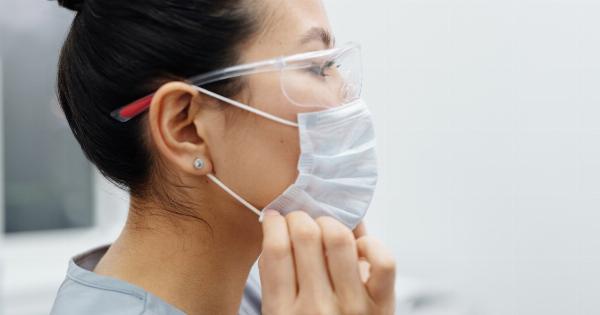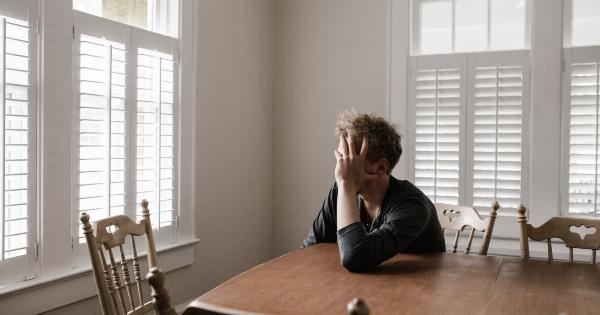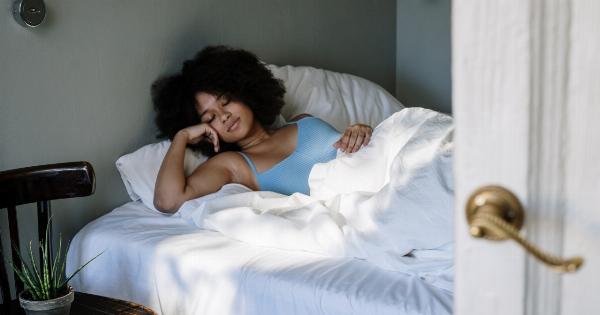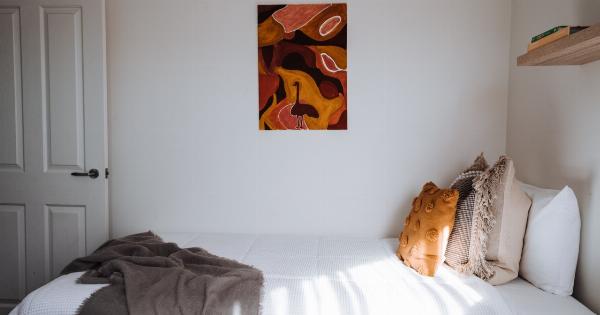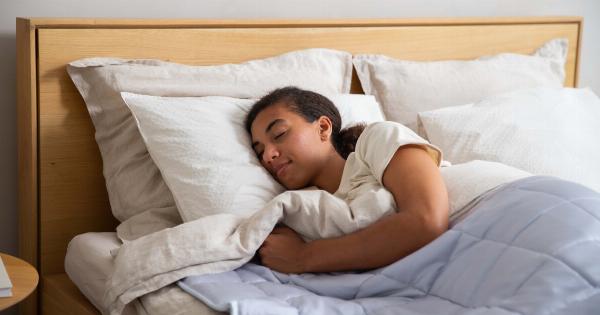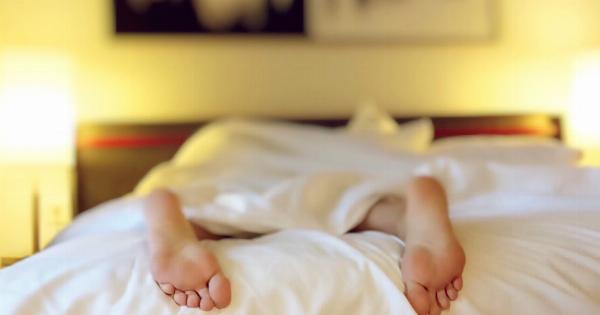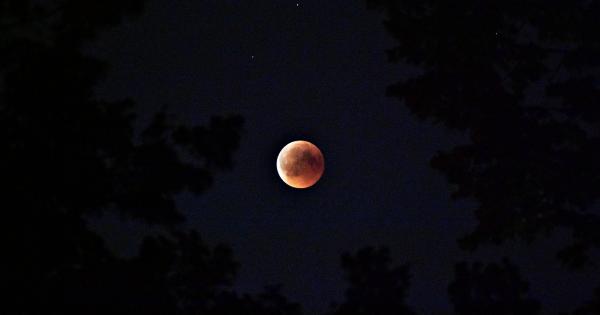Technology has become an integral part of our lives, and with it comes exposure to different forms of light. One of the most common types of light emitted by electronic devices, such as smartphones, tablets, and computers, is blue light.
Blue light has a shorter wavelength and higher energy compared to other colors in the light spectrum. As a result, it can have several effects on our physiology, particularly when it comes to sleep.
What is Blue Light?
Blue light is a type of visible light that ranges from approximately 380 to 500 nanometers on the light spectrum.
It is known as high-energy visible (HEV) light because it emits a relatively higher amount of energy compared to other colors in the spectrum. Apart from being emitted by electronic devices, blue light is also present in sunlight and is responsible for the sky appearing blue during the daytime.
The Importance of Blue Light in Our Daily Lives
While excessive exposure to blue light may have negative effects on our sleep, it also plays a significant role in our daily lives. Blue light helps regulate our circadian rhythm, also known as our natural sleep-wake cycle.
Exposure to blue light during the daytime signals to our brain that it’s time to be alert and awake. This can enhance our attention, mood, and overall cognitive function.
Additionally, blue light exposure during the daytime can boost our energy levels and improve our overall well-being. It can help increase our alertness, reaction times, and even enhance our memory and learning capabilities.
Without sufficient exposure to natural blue light, we may experience drowsiness and a lack of focus.
The Impact of Blue Light on Sleep
While exposure to blue light during the daytime is beneficial, excessive exposure to it, especially during the evening and nighttime, can disrupt our sleep patterns.
The main reason behind this is the blue light’s impact on the production of melatonin, a hormone that regulates sleep and wakefulness.
The pineal gland in our brain is responsible for producing melatonin. When we’re exposed to bright light, particularly blue light, it inhibits the release of melatonin, thus making it harder for us to fall asleep.
This suppression of melatonin can delay the onset of sleep and reduce the overall quality of sleep we get.
Blue Light and its Effect on Melatonin Suppression
Research has shown that exposure to blue light in the evening actually suppresses the secretion of melatonin for a longer duration compared to other colors of light.
This is primarily due to the fact that the receptors in our eyes that are sensitive to blue light are more responsive and easily stimulated, even at low intensities of light.
Studies have demonstrated that blue light exposure from electronic devices, such as smartphones and tablets, can significantly reduce the production of melatonin and delay the onset of sleep.
This is particularly concerning as many individuals use these devices right before bedtime, unknowingly hindering their ability to fall asleep quickly and experience restful sleep.
The Role of Blue Light in Circadian Rhythm Disruption
Our sleep-wake cycle is regulated by the circadian rhythm, which is influenced by external cues, such as light exposure. The circadian rhythm is responsible for signaling when it’s time to sleep and wake up.
Blue light exposure in the evening can disrupt this natural rhythm and confuse our body’s internal clock.
By inhibiting the production of melatonin, blue light exposure during the evening hours can trick our bodies into believing it’s still daytime. This can result in difficulty falling asleep and staying asleep throughout the night.
Shift workers and individuals who spend a significant amount of time exposed to blue light at night may experience chronic sleep problems.
The Effects of Blue Light on Sleep Quality and Duration
Not only does blue light exposure affect the onset of sleep, but it can also impact the quality and duration of our sleep.
Research has shown that exposure to blue light before bedtime can lead to a decrease in the amount of time spent in rapid eye movement (REM) sleep, which is crucial for memory consolidation and overall cognitive function.
Moreover, the interruption of melatonin production caused by blue light exposure can disrupt the regular sleep cycle, resulting in fragmented sleep patterns and frequent awakenings throughout the night.
This can lead to feelings of grogginess, daytime fatigue, and a decreased ability to concentrate and perform daily tasks efficiently.
Minimizing Blue Light Exposure for Better Sleep
Given the negative impact of excessive blue light exposure on sleep, it’s crucial to take steps to minimize its effects, especially in the evening and before bedtime. Here are some strategies to consider:.
1. Limit Screen Time Before Bed
Avoid using electronic devices, such as smartphones, tablets, and computers, for at least one to two hours before bedtime. Instead, engage in relaxing activities that promote restfulness.
2. Use Blue Light Filters
Utilize software or apps that filter and reduce blue light emitted by electronic devices. These filters can help minimize the impact of blue light on melatonin suppression and sleep disruption.
3. Dim the lights
Lower the overall brightness of lights in your home during the evening hours. Using dimmer switches or softer lighting can help signal to your body that it’s time to wind down and prepare for sleep.
4. Wear Blue Light Blocking Glasses
Consider wearing glasses that are specifically designed to block blue light. These glasses can help reduce the amount of blue light reaching your eyes and minimize the suppression of melatonin production.
5. Opt for Night Mode
Many electronic devices offer a “Night Mode” or “Night Shift” feature that reduces the emission of blue light. Activating this mode can help create a warmer and less stimulating light environment in the evening.
6. Create a Bedroom Environment Conducive to Sleep
Make your bedroom a sleep-friendly environment by ensuring it is dark, quiet, and cool. Use blackout curtains or eye masks to block out external light sources that may disrupt your sleep.
The Future of Blue Light Technology
As awareness of the impact of blue light on sleep continues to grow, so does the development of technological solutions.
Many electronic device manufacturers are implementing features like Night Mode and blue light filters to mitigate the negative effects of blue light exposure.
Additionally, researchers are exploring innovative ways to reduce the harmful effects of blue light while still maintaining its benefits during the daytime.
This includes the development of blue light-blocking materials and the use of alternative light sources that have less impact on melatonin suppression.
Conclusion
Understanding the science behind blue light and its effects on sleep is crucial in today’s technology-driven world.
While blue light plays a vital role in regulating our circadian rhythm and overall well-being during the daytime, excessive exposure to blue light, especially in the evening and before bedtime, can disrupt our sleep patterns.
By being mindful of our blue light exposure and implementing strategies like limiting screen time before bed, using blue light filters, and creating a sleep-friendly environment, we can minimize the negative effects and promote healthier sleep patterns. It is essential to strike a balance that allows us to enjoy the benefits of technology while prioritizing our sleep hygiene.
